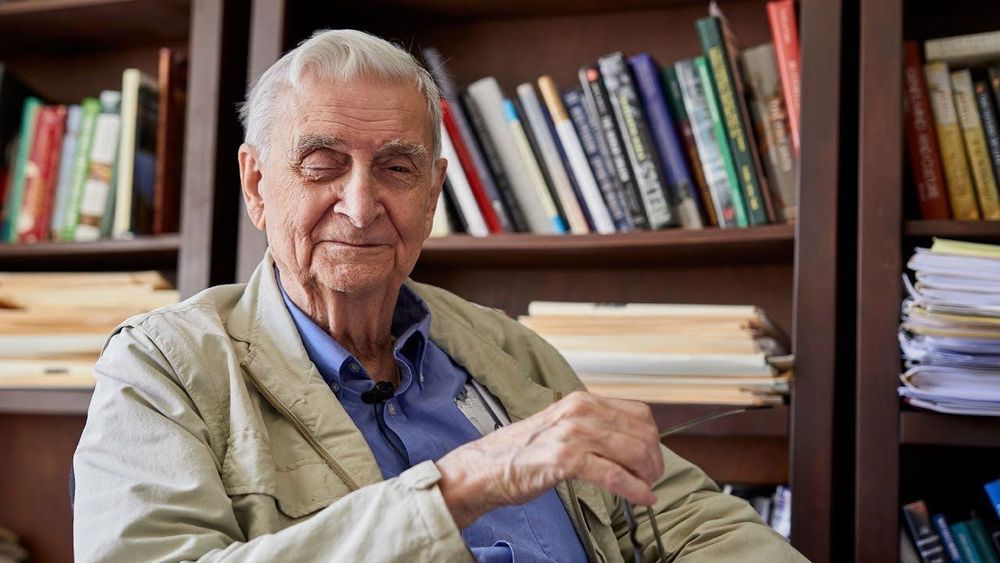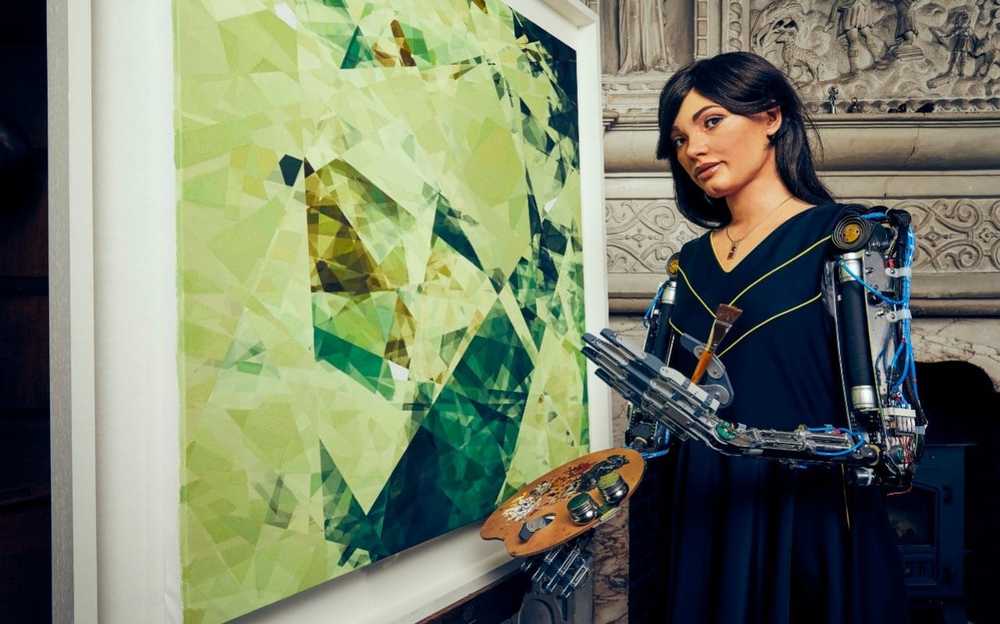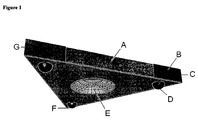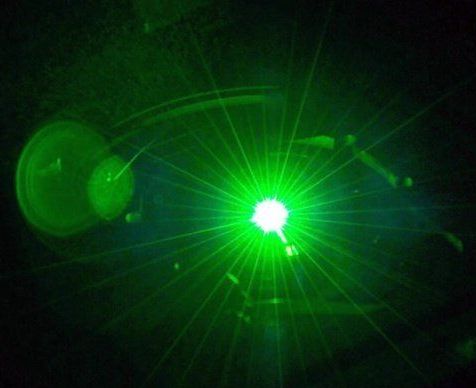Page 7841
Jun 2, 2019
Meet Ai-Da: the robot artist giving real painters a run for their money
Posted by Genevieve Klien in categories: economics, robotics/AI
Auguste Rodin spent the best part of four decades working on his epic sculpture The Gates of Hell.
The Mona Lisa, by contrast, took Leonardo da Vinci a mere 15 years or so, although it should be noted the Renaissance master never considered the painting finished.
So we can only imagine what those luminaries would think of an up-and-coming Oxford-based contemporary artist who can knock out complex works in under two hours.
Continue reading “Meet Ai-Da: the robot artist giving real painters a run for their money” »
Jun 2, 2019
Automate the Freight: Amazon’s Robotic Packaging Lines
Posted by Quinn Sena in categories: biotech/medical, economics, habitats, robotics/AI
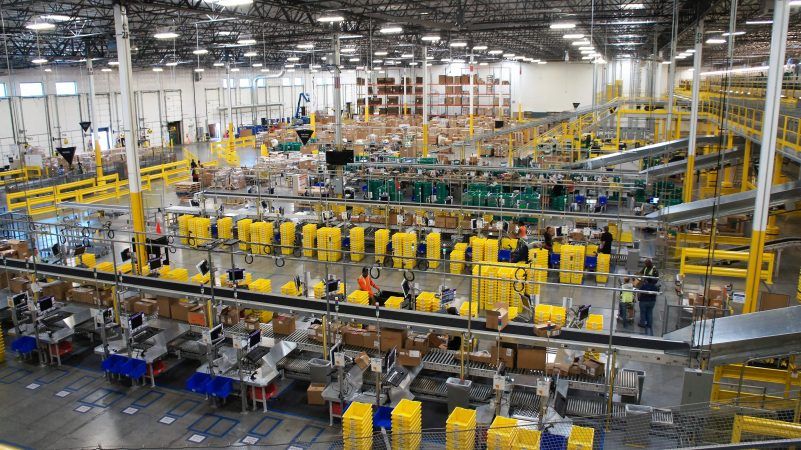
In the “Automate the Freight” series, I’ve concentrated on stories that reflect my premise that the killer app for self-driving vehicles will not be private passenger cars, but will more likely be the mundane but necessary task of toting things from place to place. The economics of replacing thousands of salary-drawing and benefit-requiring humans in the logistics chain are greatly favored compared to the profits to be made by providing a convenient and safe commuting experience to individuals. Advances made in automating deliveries will eventually trickle down to the consumer market, but it’ll be the freight carriers that drive innovation.
While I’ve concentrated on self-driving freight vehicles, there are other aspects to automating the supply chain that I’ve touched on in this series, from UAV-delivered blood and medical supplies to the potential for automating the last hundred feet of home delivery with curb-to-door robots. But automation of the other end of the supply chain holds a lot of promise too, both for advancing technology and disrupting the entire logistics field. This time around: automated packaging lines, or how the stuff you buy online gets picked and wrapped for shipping without ever being touched by human hands.
Continue reading “Automate the Freight: Amazon’s Robotic Packaging Lines” »
Jun 2, 2019
Android versions: A living history from 1.0 to Q
Posted by Quinn Sena in category: robotics/AI

Explore Android’s ongoing evolution with this visual timeline of versions, starting B.C. (before Cupcake) and going all the way to 2019’s Android Q betas.
A spacecraft having a triangular hull with vertical electrostatic line charges on each corner that produce a horizontal electric field parallel to the sides of the hull. This field, interacting with a plane wave emitted by antennas on the side of the hull, generates a force per volume combining both lift and propulsion.
Jun 2, 2019
Spraying Stem Cells Up The Noses of Mice Has Restored Their Sense of Smell
Posted by Quinn Sena in categories: biotech/medical, life extension, neuroscience
Imagine a simple and effective treatment for restoring the sense of smell in people who have lost it or never had it in the first place – that could one day be possible as a result of early stage research on mice, in which olfactory nerves were replenished using stem cells.
Using droplets of globose basal cells – the same cells that naturally replace damaged and ageing neurons related to smell – scientists were able to get them to develop into full nerve cells, stretching right into the brain.
Ultimately a few squirts of stem cells were able to reconnect the axons leading to the olfactory signalling in the brains of the mice. Scientists are still a long way from repeating the trick with human beings, but it’s a very promising start.
Continue reading “Spraying Stem Cells Up The Noses of Mice Has Restored Their Sense of Smell” »
Jun 2, 2019
Laser-driven technique for creating fusion is now within reach, say researchers
Posted by Quinn Sena in category: nuclear energy
A laser-driven technique for creating fusion that dispenses with the need for radioactive fuel elements and leaves no toxic radioactive waste is now within reach, say researchers.
Dramatic advances in powerful, high-intensity lasers are making it viable for scientists to pursue what was once thought impossible: creating fusion energy based on hydrogen-boron reactions. And an Australian physicist is in the lead, armed with a patented design and working with international collaborators on the remaining scientific challenges.
In a paper in the scientific journal Laser and Particle Beams today, lead author Heinrich Hora from the University of New South Wales in Sydney and international colleagues argue that the path to hydrogen-boron fusion is now viable, and may be closer to realization than other approaches, such as the deuterium-tritium fusion approach being pursued by U.S. National Ignition Facility (NIF) and the International Thermonuclear Experimental Reactor under construction in France.
Continue reading “Laser-driven technique for creating fusion is now within reach, say researchers” »
Jun 2, 2019
Flexible generators turn movement into energy
Posted by Quinn Sena in categories: energy, wearables
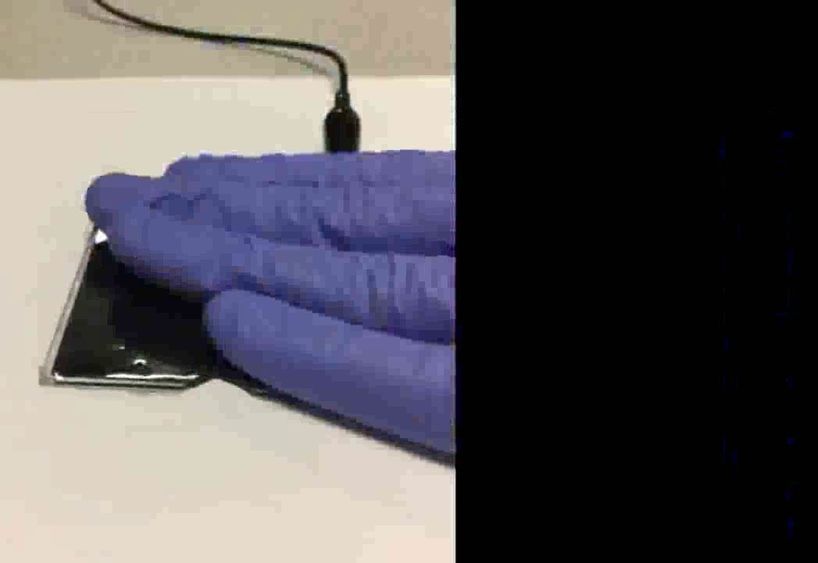
Wearable devices that harvest energy from movement are not a new idea, but a material created at Rice University may make them more practical.
The Rice lab of chemist James Tour has adapted laser-induced graphene (LIG) into small, metal-free devices that generate electricity. Like rubbing a balloon on hair, putting LIG composites in contact with other surfaces produces static electricity that can be used to power devices.
Continue reading “Flexible generators turn movement into energy” »
Jun 2, 2019
D-Wave previews quantum computing platform with over 5,000 qubits
Posted by Quinn Sena in categories: computing, quantum physics
D-Wave Systems today unveiled the roadmap for its 5,000-qubit quantum computer. Components of D-Wave’s next-generation quantum computing platform will come to market between now and mid-2020 via ongoing quantum processing unit (QPU) and cloud-delivered software updates. The complete system will be available through cloud access and for on-premise installation in mid-2020.
Binary digits (bits) are the basic units of information in classical computing while quantum bits (qubits) make up quantum computing. Bits are always in a state of 0 or 1, while qubits can be in a state of 0, 1, or a superposition of the two. Quantum computing leverages qubits to perform computations that would be much more difficult for a classical computer. Based in Burnaby, Canada, D-Wave has been developing its own quantum computers that use quantum annealing.
D-Wave is mainly focused on solving optimization problems, so its quantum computers can’t be directly compared to the competition. Indeed, many have questioned whether D-Wave’s systems have quantum properties, and thus performance that classical computers can’t match. In the meantime, D-Wave continues to improve and sell its systems.
Continue reading “D-Wave previews quantum computing platform with over 5,000 qubits” »
Jun 2, 2019
Quantum magnonics: magnon meets superconducting qubit
Posted by Quinn Sena in category: quantum physics
The techniques of microwave quantum optics are applied to collective spin excitations in a macroscopic sphere of ferromagnetic insulator. We demonstrate.
In the single-magnon limit, strong coupling between a magnetostatic mode in the sphere and a microwave cavity mode. Moreover, we introduce a superconducting qubit in the cavity and couple the qubit with the magnon excitation via the virtual photon excitation. We observe the magnon-vacuum-induced Rabi splitting.
The hybrid quantum system enables generation and characterization of non-classical quantum states of magnons.
